Mexican scientists helping to rid Galapagos of invasive plants
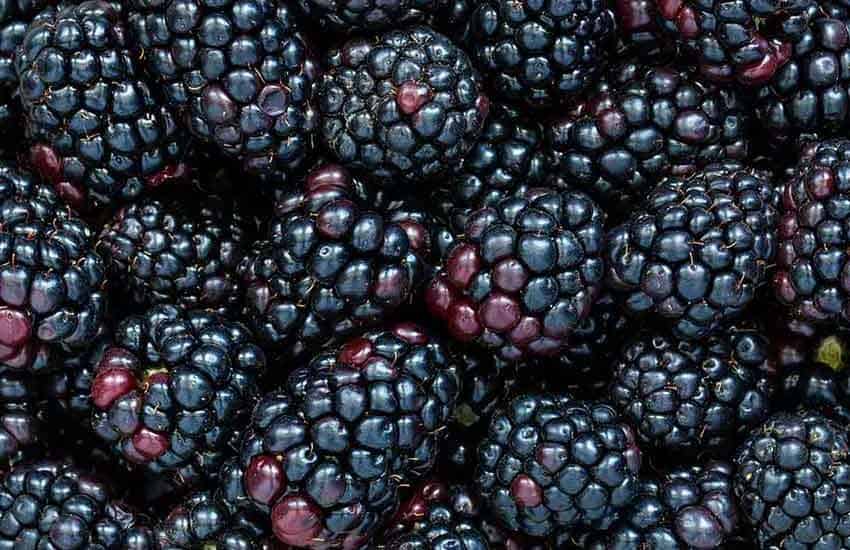
Scientists from Mexico and Ecuador are partnering on a project to help rid the Galapagos Islands of invasive plants.
Thanks to their membership in the Cintana Alliance — a worldwide consortium of cutting-edge universities created by Arizona State University — the Autonomous University of Guadalajara (UAG) was chosen to represent Mexico in this alliance. Partnered with Mexico the International University of Ecuador (UIDE).
In 2021, these three organizations decided to cooperate on a research project on the Island of Santa Cruz in the Galapagos, declared a World Heritage Site by UNESCO, which described it as “a unique paradise that amazes and inspires the world.”
That paradise, however, is huge; in fact the entire archipelago is one of the biggest nature reserves on the planet, with 19 islands plus countless islets and rocks jutting out of some 60,000 square kilometers of ocean.
Tourism is forbidden on most of the islands, which are uninhabited, but the national park has problems with the few where human beings have settled. Santa Cruz Island is one of them, with the highest population of all the inhabited islands. Its population is about 30,000.
One of the first problems the trilateral team will tackle is a blackberry invasion.
As happens inevitably everywhere, the first colonists to the Galapagos introduced nonnative species of flora and fauna to the islands.
“Unfortunately,” UIDE biologist Cecilia Puertas told me, “many of these introduced species are extremely difficult to eliminate, and there have been many studies on how to control or remove these intruders.
“Goats are relatively easy to deal with, while ants present a huge problem.”
As for plants, the most invasive of the Invaders is la mora, the blackberry, perhaps followed by the guava tree and the cinchona tree, from whose bark quinine is extracted, Puertas said.
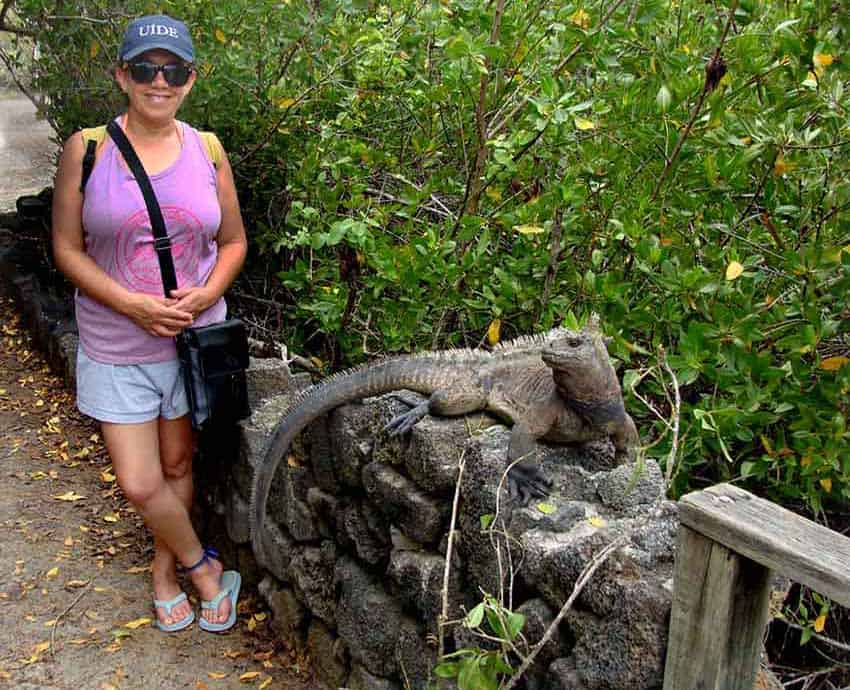
“All of these started growing on farms or in orchards, but the seeds were dispersed by birds and other creatures, and now they are growing everywhere.”
The spread of these invasive species, Puertas told me, was so successful that they are now threatening the Galapagos’ native plants.
An example is Scalesia, the endemic “Giant Daisy Tree” of the Galapagos, she said.
“The Charles Darwin Foundation has announced that this tree — not to mention the native birds that nest in its branches — is probably going to disappear entirely due to the blackberry’s presence.”
Several teams of Cintana Alliance researchers proposed creating a pool of projects to deal with problems like this one, from which the most interesting would be chosen. One of these, proposed by José Luis Zavala of the Guadalajara team, suggested a novel approach to the control of invasive exotic plants.
“This project is unusual,” Zavala said, “because it incorporates a solution different from the classical approaches to the problem. We propose to use the invasive plants as a source of biological material for starting a productive enterprise.
The goal is to stop the spread of invasive species while at the same time producing compost useful for local farmers and perhaps even biogas (methane), which could be a new source of clean energy for Santa Cruz.”
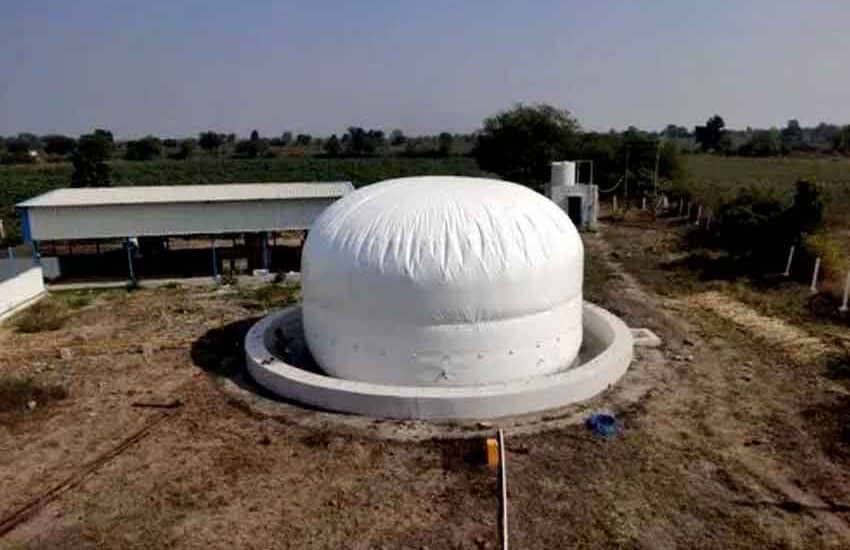
The first stage of the project will use the lab facilities of the Galapagos Biocontrol Agency on Santa Cruz Island.
“Here,” says Zavala, “we will work with students from both universities to investigate the capacity of different plants to produce compost and biogas. Using small-scale bioreactors, we will perform 40 different tests over a period of three to five months.
“During this stage, local people will be invited to participate in the project. We want to give them the tools and knowledge they need so they can take advantage and produce biogas and compost themselves.”
“Just how will the local people be turning plant material into compost and biogas?” I asked the researchers.
“It’s very simple, Zavala said. “They will use containers or pits of 1 to 5 meters in diameter, covered with plastic sheets or balloon material; but you can actually do it at home in a Coke bottle! Try it yourself if you want to understand just what happens.
First, you put water into a blender, he explained. “Next, throw in your plant material and grind it up. Then pour the result into a soft drink bottle and tighten the cap.”
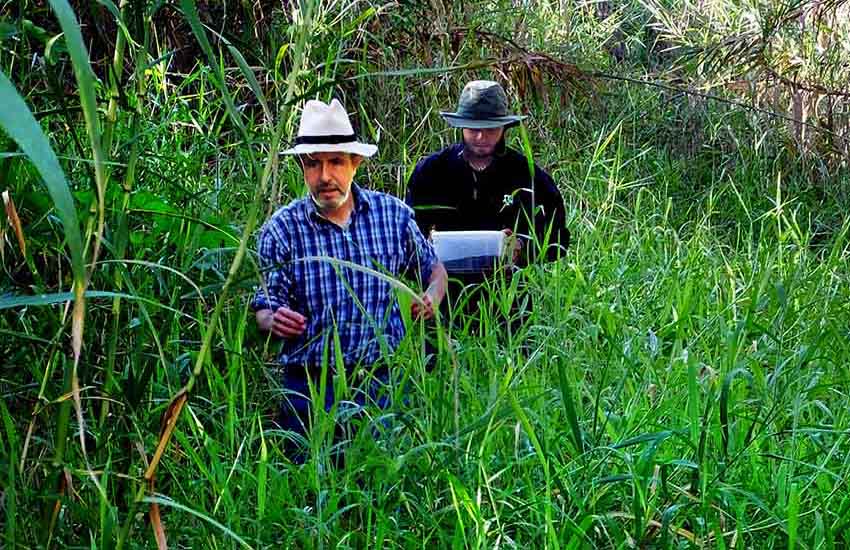
I decided to give it a try, to see if I could produce compost and biogas right in my own home.
I picked leaves from my guava tree and blended them as instructed. The researchers told me that at first, the microorganisms living on the plant tissues would “breathe,” using up the oxygen in the bottle. I would know this was occurring because my plastic bottle would begin to collapse.
This, in fact, happened a week after I started my experiment.
“This means the system inside your bottle is changing from an aerobic to an anaerobic system,” commented Zavala. “And it’s the anaerobic microorganisms that have the ability to produce biogas. So, after the bottle collapses, it will begin to inflate, to go back to its original shape.”
Eventually, I was told, I would no longer be able to squeeze the bottle because it would be pressurized, filled with methane gas, and perhaps could even explode. I didn’t reach this point because it was time for this story to go to press.
Hopefully, Puertas and Zavala’s project will slow down the spread of the blackberry on Santa Cruz and save the Giant Daisy Tree.
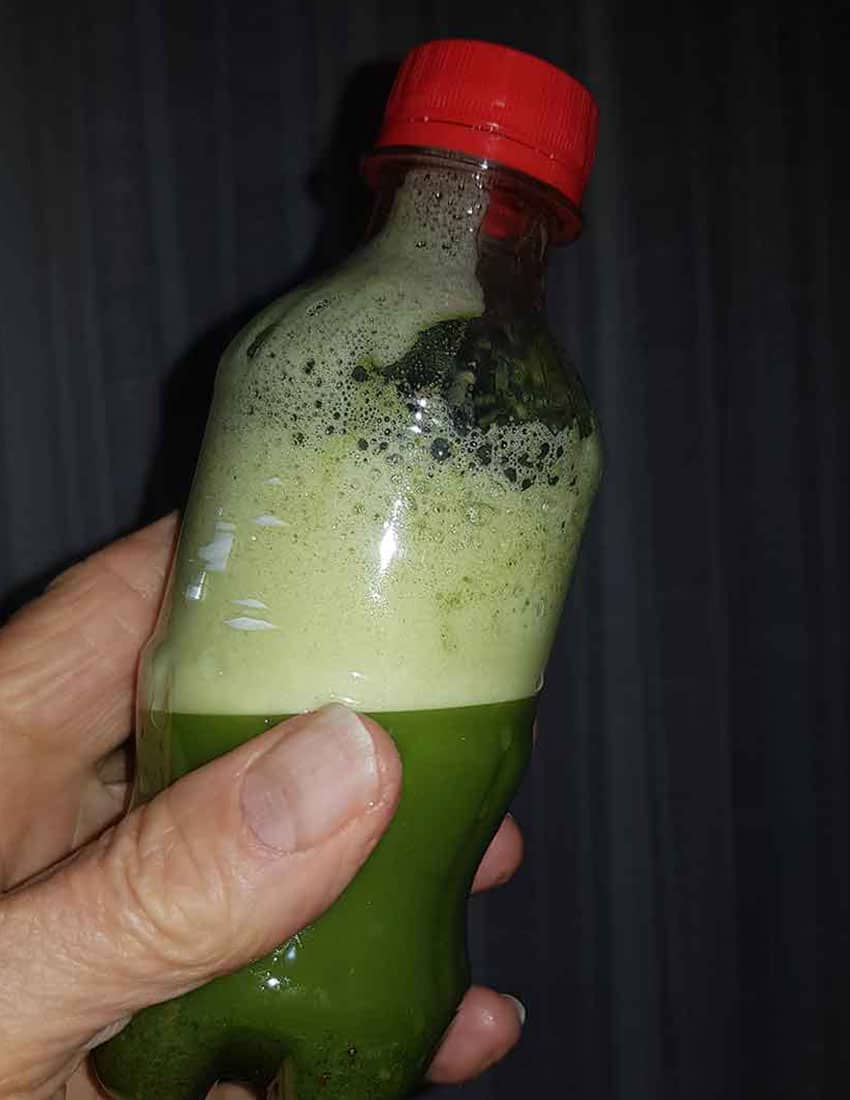
The spirit of Charles Darwin would surely smile upon such a project, because this particular genus, Scalesia, is known among scientists as “the flora equivalent of Darwin’s finches.”
The finches are famed because Darwin pointed to their many adaptations to support his theory of evolution. Forgotten are the Giant Daisy trees, which show the same ability to adapt and evolve.
Unfortunately, Scalesia may not be able to evolve fast enough to escape the human-generated blackberry invasion. The future of this iconic species may now depend on the enterprising researchers of the UAG and UIDE. I wish them success.
The writer has lived near Guadalajara, Jalisco, since 1985. His most recent book is Outdoors in Western Mexico, Volume Three. More of his writing can be found on his blog.
Source: Mexico News Daily

